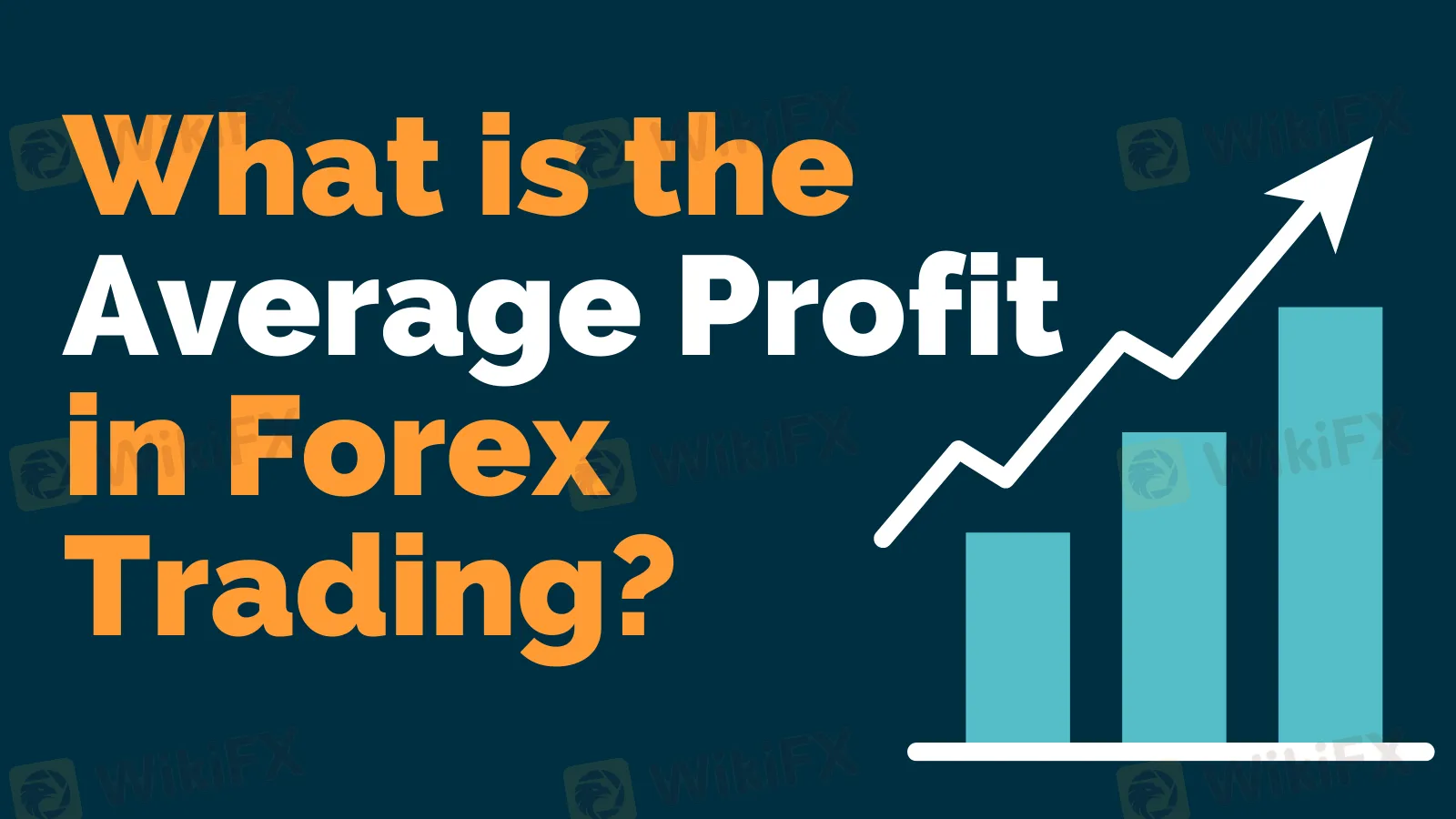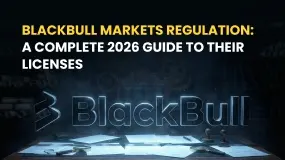Abstract:Many factors influence how much money people make in forex trading, including their trading method, trading style, amount of capital invested, trading frequency, and risk tolerance.

Forex trading may make you rich if you are a hedge fund with deep pockets or an unusually skilled currency trader. But for the average retail trader, rather than being an easy road to riches, forex trading can be a rocky highway to enormous losses and potential penury. How much profit people make in forex trading is a result of many factors, including their trading system, trading style, the amount of capital they invest, trading frequency, and how much risk they take.
Since everyone's situation is different, it can be challenging to provide an accurate estimate of how much money you'll make based on your trading activities. But we can look at some hypothetical scenarios to get a rough idea of what kind of return we might generate by trading forex.
How much money can you make?
When new traders join forex many ask a common question: “What is the average profit in forex trading?” The answer is, “It depends.” Forex trading is speculative and involves risk. However, when you manage your risks well and win more trades than you lose, you can still profit.
For sure, big profits come with large investment. The average annual yield of professional trader including all risks varies from 20% to 100%. A good forex trading strategy should be profitable, with at least a 50%-win rate. That's the minimum you should aim for, though ideally, you'd want to shoot for something a little higher than that. With careful risk management, a win rate as high as 55% (which is pretty good) could result in returns above 20% per month—that's over 200% per year.
The profit potential in the forex market is substantial, but it's more realistic for longer-term investments than for day traders. Forex day trading typically involves placing trades that last for only a few hours or even minutes and aim for a 50%-win rate at the very least (because their losses can quickly add up).
An expert forex trader may aim for a 60-70%-win rate and higher risk/reward ratio, which means they can afford to lose more trades because their winning trades will pay out higher amounts. Also An experienced independent forex trader with a 55%-win rate could potentially make a monthly return of 20% or more if they use careful risk management.
The average profit in forex trading depends mainly on the trader's ability to manage risk. For example, a trader who risks 1% of their capital per trade and uses a stop-loss order placed five pips away from the trade entry price, with a target of eight pips, can make an average profit of 1.6 times their risk. In this case, if they have $5,000 in capital funds and they are willing to risk $50 per trade (1% of $5,000), they stand to make an average profit of $80 (1.6 x $50) on winning trades.
Nevertheless, it's important to take note that you don't want to lose more than win. Even if you can make an average profit of 1.6 times your risk on winning trades, that doesn't mean you will be profitable overall unless the majority (55% ROI or more) of your trades are winners. Otherwise, your losses will outweigh your profits even though your winners tend to be bigger than your losers.
Are you uncertain on how to manage your trading account? Let's show you how to take care of it below:
What's the average profit in forex trading per trade?
The question sounds tricky, but we're going to assist you figure it out. Many factors go into determining how much a trader can make per trade.
Let's take an example:
Assuming you are an expert trader with $50,000 trading capital in your account. You decide to buy $100,000 worth of EUR/USD (“trading on leverage,” which allows you to have such a significant position) 1.2050. A few hours later, the price moves to 1.2100, and you sell for $101,000. You made 50 pips or 50 multiplied by $10 per pip equals $500!
But hang on, you're not done yet! If your account is denominated in dollars, each pip movement will be worth about $9.10 (that's because one pip = 0.0001 * 100,000 * 9.10). So when you sold for more than you bought for ($101k vs $100k), that means you made money on your trade! And it was worth about $455 (50 pips * $9.10 = 455).
As we started before, there are a lot of things that can affect how much money you make per trade: what currency pair you're trading on, your leverage level, your broker's spread and commission costs, the amount of risk you take on per trade…the list goes on!
When you're ripped off cash
Below is how to manage your trading capital increases
Why do some traders earn bigger profits than others?
It's fair to say that the average profit in forex trading depends on several factors. Some traders are more experienced than others and may have put in more time and effort into their trading, resulting in them being able to make more profit.
The type of account can also determine how much they can earn. For instance, professional traders who hold CFD accounts with higher leverage may be able to use this as a way of boosting their profits.
Another factor that can determine the average profit in forex trading is the trader's type of strategy. If a scalper trades with high volume and high frequency, they could earn far higher profits than if they were swing trading, which usually entails lower volume and fewer trades completed per day.
In a nutshell, the profitability of forex trading depends on factors like the amount of investment, your risk appetite, the experience you have about forex trading, use of leverage, etc.
Which kind of forex trading strategy works for you? Take the quiz!>>
How do you spot a profitable trade on a chart?
Charts are a great way to visualize your forex trades. They offer you an intuitive way to understand how the market is performing, and they can help you spot patterns that could predict future performance. Traders often use technical indicators to help them decide entry, exit, and money management.
So basically, seeing where the market has been can help you figure out where it's headed. But that's pretty vague. What about specifics? What do you look for in a chart to know if it'll be a profitable trade?
It takes a lot of practice and experience to read charts and spot profitable trades. That said, there are a few things you can keep in mind that will help you get a better sense of what to look for:
• What's the trend? If it looks like the currency is trending upward or downward, you can use this trend to help inform your decision about whether to buy or sell.
• What type of chart are you looking at? Different types of charts (or “timeframes”) can tell you different things about the currency pair, so it can be helpful to look at multiple charts when trying to make a decision.
• How does the currency pair generally move over time? This is called long-term volatility, and understanding it can help you understand how your trade will likely play out over time.
By studying charts, you can predict when the best time to buy or sell might be. Most traders rely on indicators and oscillators to help them make predictions like this, with some of the most popular being RSI, MACD, and Moving Averages








